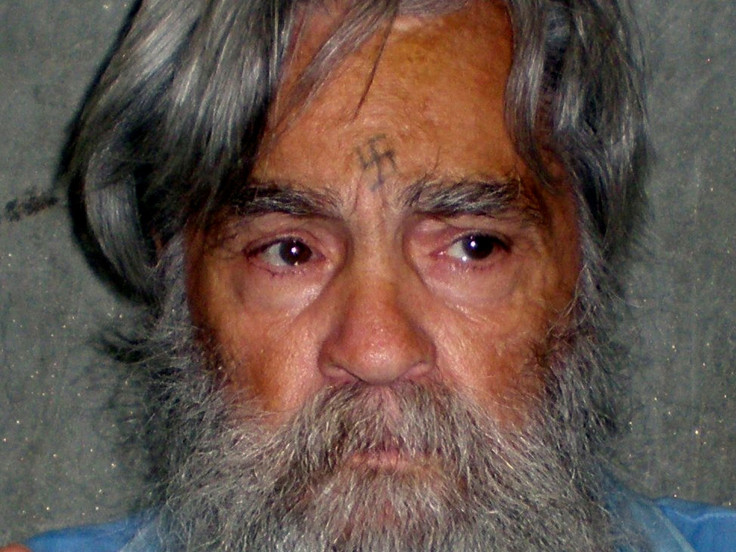Roman Polanski And Sharon Tate’s Connection To Charles Manson: Serial Killer And Director Crossed Paths In Shocking Murders

On the night of Aug. 8, 1969, followers of cult leader Charles Manson entered the rented Los Angeles home of famed film director Roman Polanski and his pregnant wife, burgeoning actress Sharon Tate. At Manson’s direction, the followers murdered 26-year-old Tate and four of her friends in brutal killings that rocked Hollywood— and the rest of the nation— making Manson a household name over the last five decades. Polanski was out of the country the night Tate, who was was two weeks away from delivering their child, was slayed.
The murders, subsequent trial and Polanski himself, have re-entered the national spotlight following Manson’s recent hospitalization on Tuesday for a reported heart-related problem.
Sadly, the murder of Tate and her friends through vicious stabbings and shootings was only the first wave of violence inflicted by Manson and his followers. The following night, two more people were killed under Manson’s orders. Over the course of those two nights, 169 stab wounds and seven .22-caliber gunshot wounds were suffered by the victims, according to CNN.
The 82-year-old Manson, who was convicted along with three others for Tate’s murder and that of six other people in 1971, was originally sentenced to death, but California overturned its death penalty law in 1972 and he’s been in prison ever since. He was denied parole 12 times.
Following a trial littered with bizarre moments that both frightened and astonished the country – including Manson’s followers carving “X’s” in their heads as well as laughing and singing during the proceedings – a cult-like interest enveloped Manson and led to his notoriety. Most notably, the former Los Angeles County assistant district attorney Vincent Bugliosi, who put Manson away, published the true crime book “Helter Skelter” that’s become a staple of the genre.
Polanski, who feld the U.S. in 1978 just before he was slated to plead guilty for the statutory rape of a 13-year-old girl, had also come to terms with prosecutors on sentencing. He talked about how he coped with Tate’s death in the years that followed.
“I often used to wonder how I made it through that period,” Polanski told German outlet Spiegel in an interview in November 2013. “I just don't think about it anymore. I had to have a moment when I stopped thinking about it. When it happened, my friends said to me: You have to get back to work. But it's impossible to work in that situation. You're incapable of working. The only thing that truly brings relief is time. Nothing else. ”
Polanski, who at the time of the murders was one of the most acclaimed filmmakers in the world and fresh off the success of the classic horror film “Rosemary’s Baby,” said he was told it would be years until he would recover.
When asked how long it took him to recover from the horrific event, Polanski said: “ A long time. Shortly after the murder, I met with a friend, a psychiatrist. He said it would take me at least four years until I could function normally again. Back then, it seemed like a long time to me. But it turned out to be more than four years. I wonder how a psychiatrist can be so wrong. ”
© Copyright IBTimes 2025. All rights reserved.





















